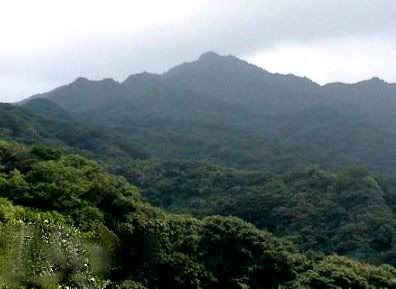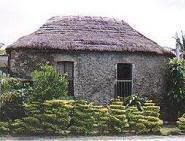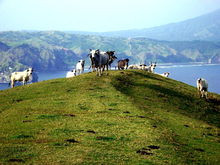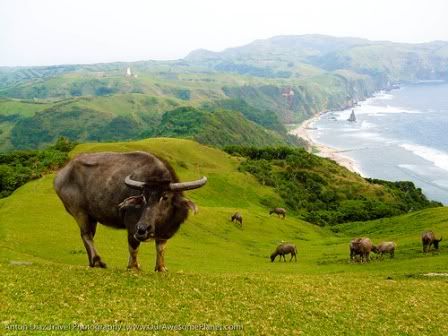Batanes: A Remote Gem of the Philippines
the country, Batanes has managed to preserve its distinct culture through generations.
Situated in the vast expanse where the Pacific Ocean meets the South China Sea, Batanes is made up of ten small islands and islets: Batan, Sabtang, Itbayat, Mavulis, Siayan, Diogo, North Island, and Y’ami. However, only three—Batan, Sabtang, and Itbayat—are inhabited.
Batanes is captivating and unlike any other destination in the Philippines. The distance from the mainland has helped the Ivatans—the indigenous people of the province—develop a unique way of life. Known for their honesty, gentleness, and resilience, the Ivatans are proud of their heritage and deeply connected to their land.
The province's landscape is also a departure from the typical tropical scenery found in much of the country. Think steep cliffs, rolling hills, deep canyons, and rocky shores that evoke comparisons to New Zealand. Most iconic of all are the traditional Ivatan homes—stone-walled with thick cogon roofs, designed to withstand the region’s frequent typhoons.
Batanes enjoys a cool, windy climate, with rainfall possible throughout the year. Between December and February, temperatures can dip to as low as 7°C. Although it lies along the typhoon belt and frequently experiences strong storms, it’s no more vulnerable than other northern provinces.
Despite its remote reputation, Batanes has embraced modern conveniences. Electricity, mobile networks (via Smart and Globe), and cable television are now available—though cars and heavy traffic remain rare.
Visitors can enjoy a variety of activities: lounging on serene beaches, visiting old fishing villages, exploring historic churches and scenic lighthouses, or hopping between islands. More than anything, Batanes offers a peaceful setting perfect for reflection and reconnecting with nature.
A journey to Batanes is a timeless experience—one that lingers long after you’ve left. It reminds you of life’s quiet joys and simpler rhythms. But be warned: once you’ve visited Batanes, it may keep calling you back.














